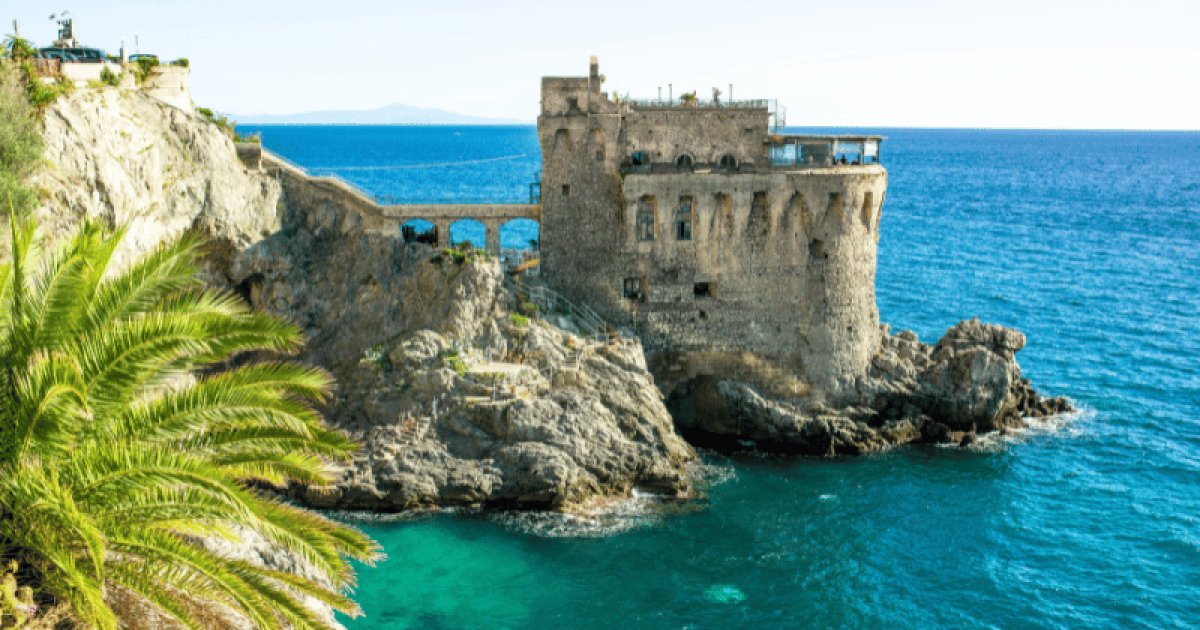MINORI AND MAIORI, Maiori Presentation
 Language: English / USA
Language: English / USA
The first point to mention is that Maiori boasts the longest beach on the Amalfi Coast, a sandy shore nestled between jagged rocks and crystal clear sea.
It’s also a magnificent village to visit, rich in history and fascinating buildings, thanks to the importance it gained during the Middle Ages due to its strategic location and to the port, which enabled it to become a thriving trading center.
One of the most interesting buildings to visit is the Collegiate Church of Santa Maria a Mare, with a Baroque-style façade and a picturesque dome covered in yellow and green majolica tiles. Its origins date back to the 13th century, when the small church of San Michele Arcangelo was expanded, giving rise to the Basilica of Santa Maria a Mare, inspired by the discovery of a wooden statue. In 1505, it was given the title of Collegiate Church by Pope Julius II. The church underwent several transformations over the years, the last in 1836, on a project by Pietro Valente, but it still has the gilded ceiling dating from 1529 and a crypt with the remains of St. Clement.
As you walk, you might catch a glimpse, towering over the valley from the top of a hill, of the Castle of San Nicola de Thoro-Plano, a medieval fortress that is a testament to Maiori's military past, used in ancient times as a refuge for the population in case of attack. Founded in the 9th century, the castle was enlarged in 1465, when it was enriched with turrets and strong walls. It maintains its fortified structure, with a 550-meter perimeter and nine towers. The climb to the castle is an experience that combines nature, history and unforgettable views.
Another gem in Maiori is the Church and Convent of San Francesco, with Gothic and Renaissance elements. The cloister, in particular, is an oasis of peace, with its garden and ornate columns framing the courtyard. Built in 1405, the complex suffered destruction in 1435 and 1558 at the hands of the Turks, and in 1440 by a violent storm. The church, with three naves and a polygonal apse, has a total of 17 chapels richly embellished with works of art.
An interesting fact: In 1768, the statue of Our Lady of the Collegiate Church of Santa Maria a Mare was embellished with two gold chaplets, which were stolen in 1802. The ones you can admire today were donated by the local people two years later.



